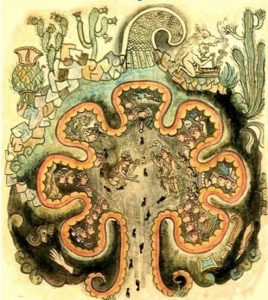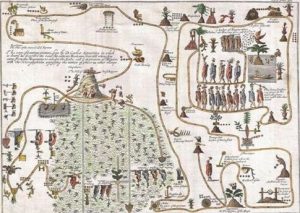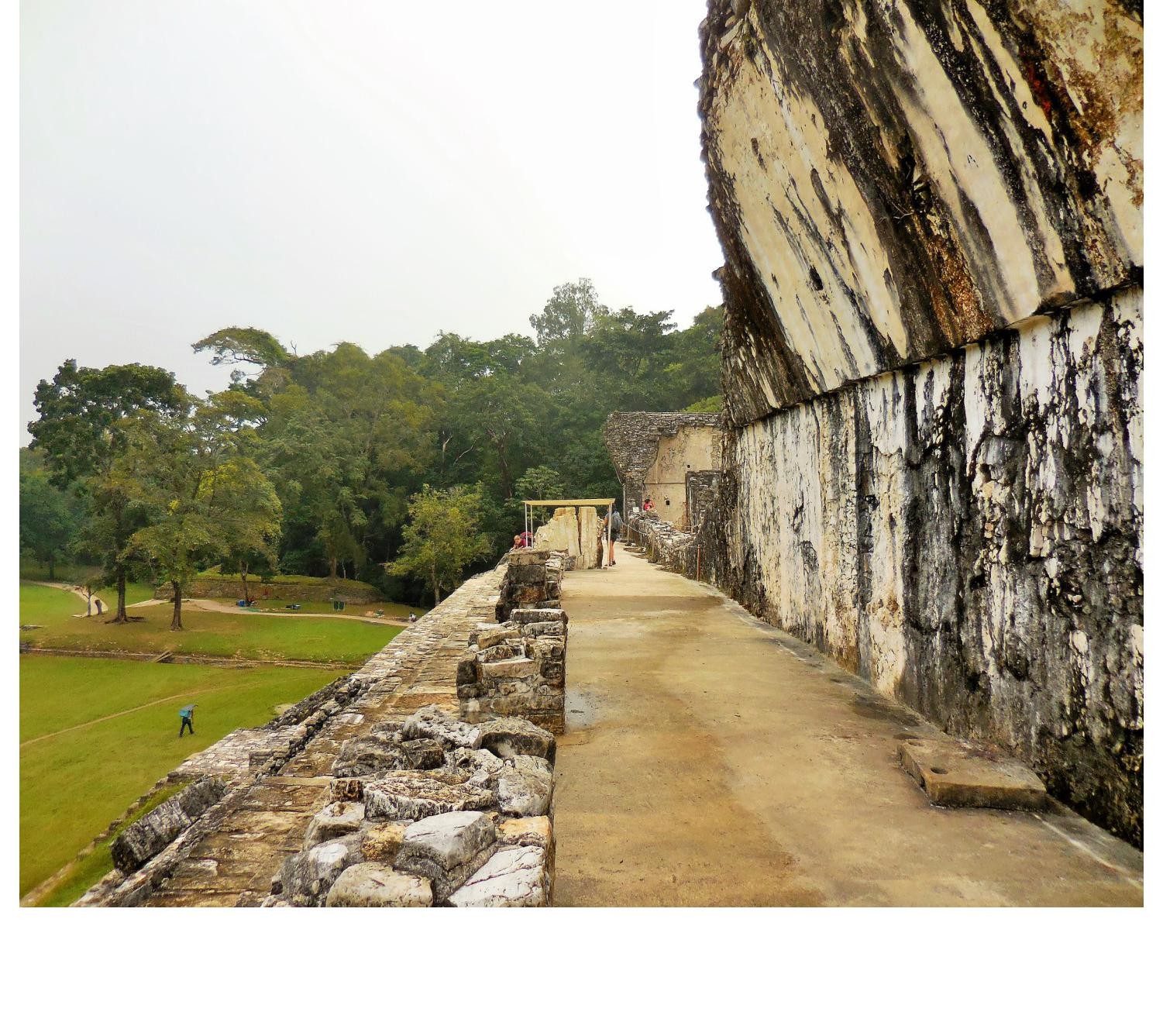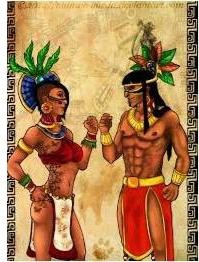By Manzanillo Sun Writer from the December 2016 Edition
Aztlán (from Nahuatl: Aztl n, [ ast ɬa ː n ]) is the legendary ancestral home of the Aztec peoples. Aztecah is the Nahuatl word for “people from Aztlán”. The place, Aztlán, is mentioned in several ethnohistorical sources dating from the colonial period and each of them give different lists of the different tribal groups who participated in the migration from Aztlán to central Mexico, but the Mexica who went on to found Mexico Tenochtitlán are mentioned in all of the accounts. Historians have speculated about the possible location of Aztlán and tend to place it either in northwestern Mexico or the southwest US, although there are doubts about whether the place is purely mythical or represents a historical reality.

Two city-states reputedly had an Aztec foundation:
Tepaneca — now Azcapotzalco, a delegación (borough) of the Mexican Federal District−Mexico City.
Matlatzinca — who spoke the Otomian language.
Cristobal del Castillo mentions in his book “Fragmentos de la Obra General Sobre Historia de los Mexicanos”, that the lake around the Aztlán island was called Metztliapan or “Lake of the
moon.”
According to Aztec legends, of the many tribes that migrated, the Mexica tribe emigrated last. When they arrived at their new homeland, the present day Valley of Mexico, all available land had been taken, and they were forced to squat on the edge of Lake Texcoco.

The various descriptions of Aztlán apparently contradict each other. While some legends describe Aztlán as a paradise, the Codex Aubin says that the Aztecs were subject to a tyrannical elite called the Azteca Chicomoztoca. Guided by their priest, the Aztec fled, and, on the road, their god Huitzilopochtli forbade them to call themselves Azteca, telling them that they
should be known as Mexica. Ironically, scholars of the 19th century in particular Alexander von Humboldt and William H. Prescott would name them Aztec. Humboldt’s suggestion was widely adopted in the 19th century as a way to avoid confusion between modern Mexicans and the pre-Hispanic civilization.
source: Wikipedia.org
To see more about this article series, visit us at Path to Citizenship (P2C) online
Download the full edition or view it online
Manzanillo Sun’s eMagazine written by local authors about living in Manzanillo and Mexico, since 2009





You must be logged in to post a comment.